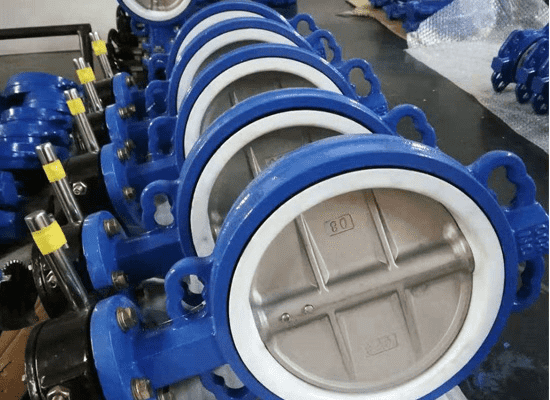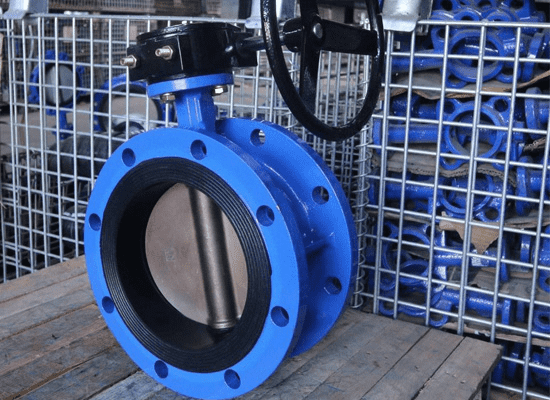Wafer butterfly valves and flange butterfly valves are two common types of butterfly valves. Both types of butterfly valves have a very wide range of applications, but many friends can’t distinguish between wafer butterfly valves and flanged butterfly valves, and they don’t know the difference between the two.
The butterfly valve's wafer and flange are two connection methods. In terms of price, the wafer type is relatively cheaper, the price is roughly 2/3 of the flange. If you want to choose imported valves, use the wafer type as much as possible, which is cheap and light in weight.
Wafer type valves have longer bolts and require higher construction accuracy. If the flanges on both sides are not aligned, the bolts will be subjected to greater shearing force, and the valve is prone to leakage.
Wafer type butterfly valve bolts are generally relatively long. Under high temperature conditions, the expansion of the bolt may cause leakage, so it is not suitable for large pipe diameters under high temperature conditions. In addition, wafer butterfly valves generally cannot be used at the end of the pipeline and downstream where it needs to be disassembled, because when the downstream flange is disassembled, the wafer valve will fall off. In this case, a short section must be made separately. In order to disassemble, and the flange type butterfly valve does not have the above problems, but the cost will be higher.
The wafer butterfly valve has no flanges at both ends of the valve body, only a few guide bolt holes, and the valve is connected with the flanges at both ends by a set of bolts/nuts. In contrast, disassembly is more convenient, and the valve cost is lower, but the disadvantage is that one sealing surface has a problem, and both sealing surfaces have to be disassembled.
The flange type butterfly valve has flanges at both ends of the valve body, which are connected with the pipe flange, and the sealing is relatively more reliable, but the valve manufacturing cost is relatively high.
Post time: Sep-30-2021



